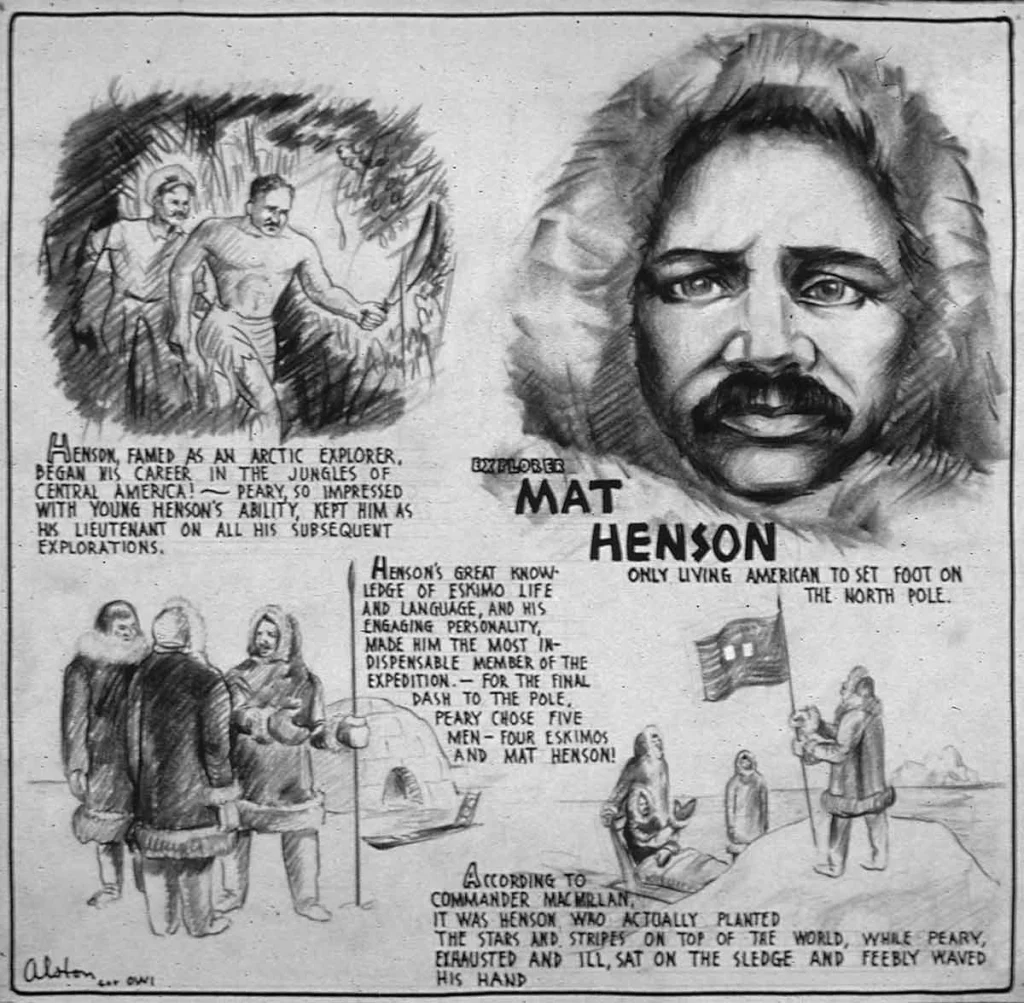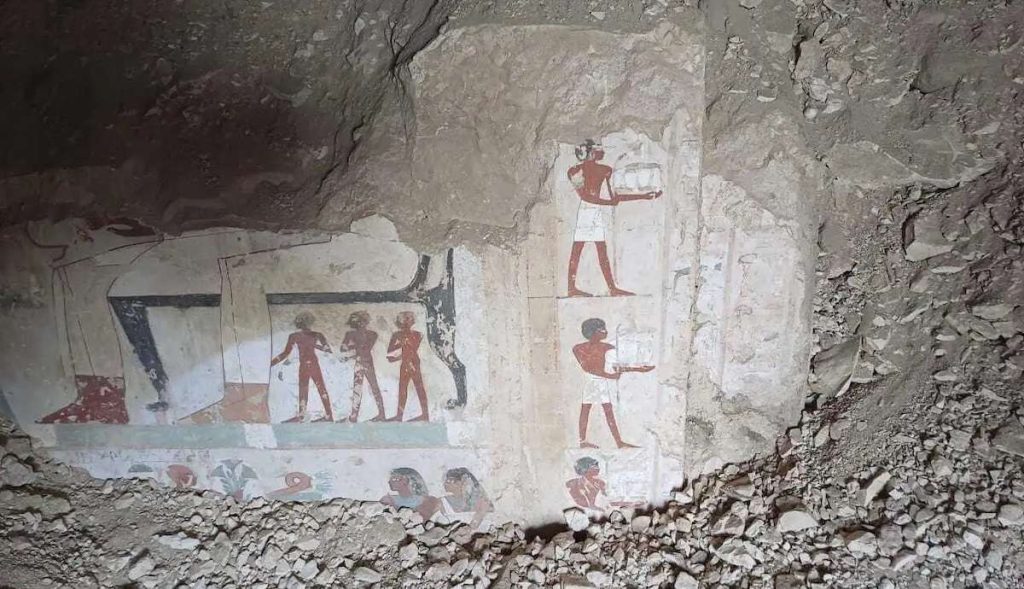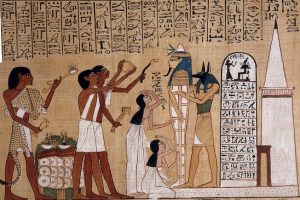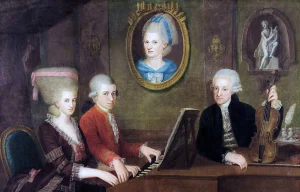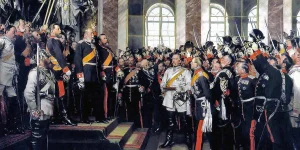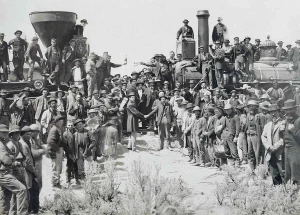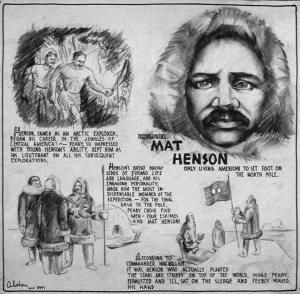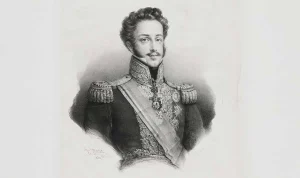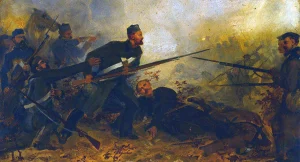Agamemnon, high-king of Mycenae and commander of the Greek armada at Troy, straddles a tantalizing borderland where archaeology meets epic poetry. His tale is stitched from Cyclopean battlements, Linear B tablets, and the charged verses of Homer, yet still reads like a modern case study in power politics and hubris.
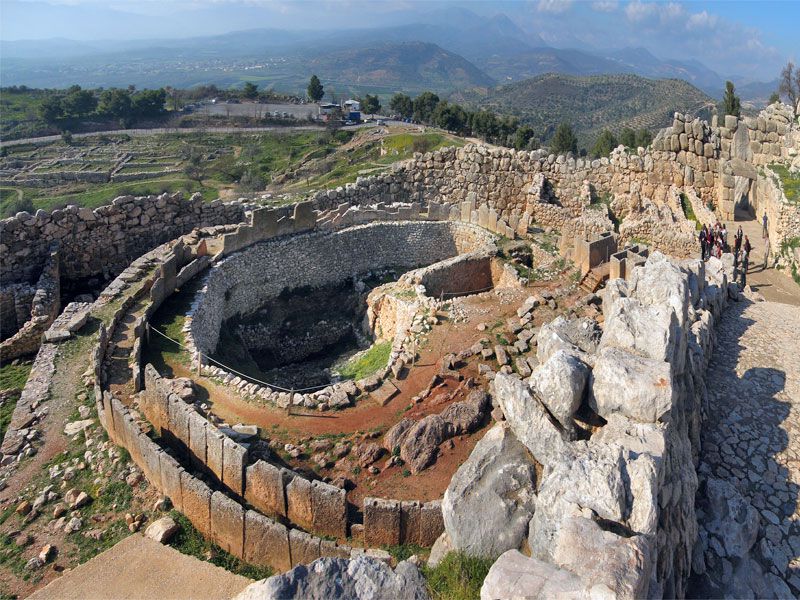
🏰 Mycenae: A Hilltop Capital with Global Reach
From the limestone ridge of the Argolid plain, Mycenae surveyed farmland, trade roads, and the Saronic Gulf beyond. Massive walls—so large later Greeks swore they were built by giants—wrapped the citadel, funnelling visitors through the Lion Gate and straight toward a palace whose frescoed walls glowed with carmine, lapis, and gold leaf. Inside storerooms, scribes logged jars of oil and bolts of wool onto clay tablets, evidence of a redistribution system that fed palace staff, armed soldiers, and rewarded allies. Bronze armaments rattled in workshops just below the throne room while artisans hammered miniature bull-head rhyta and inlaid daggers destined for diplomatic gifts. In that self-contained city of stone and bureaucracy, Agamemnon inherited not merely a throne but a machine capable of projecting power across the Aegean—if its many cogs could be kept turning in unison.
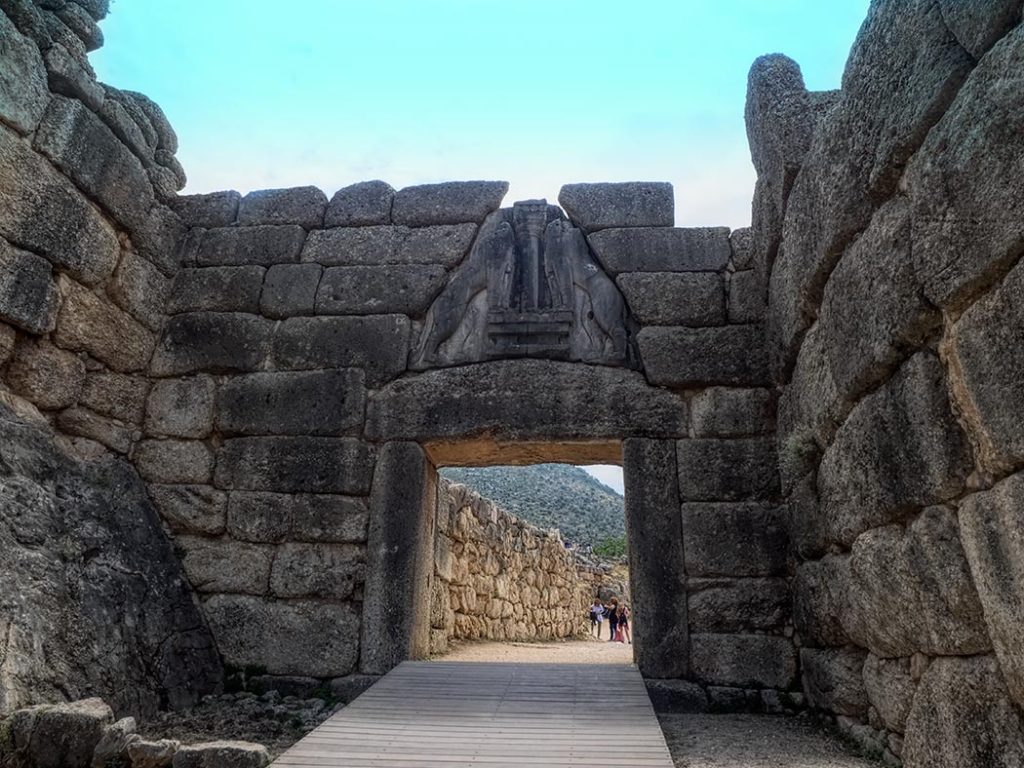
👑 Blood, Marriage, and the Ascent to Hegemony
Legend insists the House of Atreus was cursed long before Agamemnon first clasped a sword. His father, Atreus, served the flesh of Thyestes’ children at a revenge banquet; that act of ritual cannibalism stained every descendant with miasma, a spiritual pollution that no libation could wash away. Yet sin did not halt ambition. While still a young prince, Agamemnon cemented an alliance with Sparta by marrying Clytemnestra, sister to Helen, thereby knitting together two of the most formidable warrior societies in Greece.
He also posted garrisons at key choke points—including the fortified plateau of Gla in Boeotia—quietly turning friendly neighbors into satellite domains. Temple sponsorship completed the picture: each harvest season he led sacrifices at a shrine to Hera just below the palace terrace, stroking popular piety even as he centralized authority. By the time Paris of Troy set eyes on Helen, Agamemnon had already become “king of men” in everything but formal title.
🌊 Insult and Strategy: Why Troy Became a Target
When Paris absconded with Helen, the outrage rippled far beyond domestic honor. Helen’s old suitors, bound by oath, now owed Sparta military aid, and that duty gave Agamemnon the legal fig leaf he needed to mobilize. Yet a deeper logic thrummed beneath the rhetoric of chastity and revenge. Whoever controlled the citadel of Troy commanded the throat of the Dardanelles, a maritime bottleneck through which Baltic amber and Anatolian copper funneled toward the palace economies of Greece.
Recent excavations confirm that Troy VI stored imported Mycenaean pottery, amber beads, and perhaps even tin ingots—clear signs of a rich entrepôt worth conquering. Thus personal slight merged with geopolitical calculus, and a family drama morphed into a decade-long bid for outright Aegean supremacy.
Image cue ③ – Embed a relief map tracing sea lanes from Mycenae to the Hellespont; highlight Troy at the choke point.
Caption: “More than a love story: mastery of the straits promised wealth and prestige.”
⛵ Aulis: The Gathering Storm
Spring tides carried hull after hull into the narrow harbor of Aulis until their prows jammed the beaches like forest trunks after a flood. Even if Homer’s famous count of 1,186 ships exaggerates, archaeology shows the palaces could indeed provision vast fleets: Linear B records list woodcutters summoned from distant valleys and vats of pitch earmarked for naval stores. Supplying a single galley of fifty rowers for a two-week voyage required nearly three metric tons of grain and dried fish—multiplying that figure by hundreds reveals a logistical achievement that rivals the army trains of classical Athens.
But the wind refused to rise, and rumor spread that Artemis withheld her breath because Agamemnon had offended her. A prophet named Calchas whispered a cure: only the sacrifice of Iphigenia, the king’s own daughter, would appease the goddess. Agamemnon capitulated. In the flicker of sacrificial torches he traded paternal love for fair weather, demonstrating both the steel of his resolve and a chilling willingness to drench his dynasty in still more blood.
Image cue ④ – Choose a neoclassical painting of Iphigenia led to the altar, torches throwing long shadows.
Caption: “Fate sealed by firelight: the moment Artemis loosens the wind.”
⚔️ Ten Years on the Trojan Plain
The first months saw lightning raids, orchard burnings, and skirmishes along the river Scamander; neither side could breach the other’s walls, yet both bled resources and prestige. Agamemnon’s leadership, so absolute inside his palace, now wobbled beneath the weight of competing egos. When plague swept the Greek camp—an epidemic the soldiers blamed on Apollo, god of archers and sudden death—the king refused to return a captured priest’s daughter.
Disease mowed rowers and spearmen alike until Achilles confronted him. Seizing Achilles’ war-prize, the maiden Briseis, Agamemnon intended to reassert central authority; instead he triggered the greatest leadership crisis in epic literature. Achilles withdrew, morale cratered, and the Trojans surged all the way to the Greek palisade. Only the death of Patroclus and Achilles’ eventual return salvaged the campaign from utter collapse. In every quarrel and reconciliation the delicate grammar of Bronze Age gift exchange played out: generosity cemented loyalty, insult weaponized honor, and the ultimate power of the king rested as much on perception as on spears.
🔥 From Siegecraft to Stratagem
Years of deadlock wore down both economies. Excavations of Troy VIIa reveal collapsed ramparts, arrowheads lodged in charred beams, and a twenty-centimeter layer of ash—quiet proof of a final, catastrophic assault. Whether that destruction followed a pitched battle or the famous wooden horse remains disputed, yet the subterfuge fits Bronze Age norms better than modern sensibilities suggest.
Ruse and omen were as legitimate as raw force, and Agamemnon, eager for closure and spoils, approved Odysseus’ plan even though it flouted ritual codes that usually governed sieges. By dawn, Greek fires danced across rooftops, and Trojan princes lay sprawled in palace corridors once hung with linen. Amid the smoke, Agamemnon took the prophetess Cassandra as a concubine. The victory crowned him with gold and grief in equal measure; it also amplified resentments festering inside his own household.
Image cue ⑤ – A digital painting of the horse rolling through the Scaean Gate under torchlight.
Caption: “When guile outstrips gatehouses: the night Troy fell.”
🚪 Homecoming and a Bath of Blood
News of victory preceded the fleet, stirring celebrations from Pylos to Thebes. Yet inside the royal apartments of Mycenae, Clytemnestra sharpened a double-bladed axe. The queen had never forgiven her husband for the death of Iphigenia; besides, she now ruled the palace jointly with her lover, Aegisthus, and neither wished to relinquish power.
Agamemnon returned expecting laurels, yet the purple tapestries that guided him indoors doubled as an omen of overreaching pride. Ancient dramatists draped the final scene in a crimson-dyed robe: as the king bathed, Clytemnestra snared him in the cloth and struck until the water ran red. The cycle of Atreid violence turned again, fulfilling the ancestral curse with brutal symmetry.
Image cue ⑥ – Photograph a terracotta bathtub excavated from a Mycenaean house, framed like forensic evidence.
Caption: “A vessel for cleansing—or for destiny? Excavated bath comparable to the scene of regicide.”
🏺 Excavation Meets Epic
Nineteenth-century archaeologist Heinrich Schliemann famously lifted a gold death mask from Grave Circle A and declared, “I have gazed upon the face of Agamemnon!” Modern dating shows the mask predates the Trojan War horizon by three centuries, yet its gleaming moustache still kindles imagination. Elsewhere, Hittite cuneiform letters speak of a great king of “Ahhiyawa” quarreling over the city of Wilusa—names most scholars link to Achaea and Ilios.
Even without a dedicatory plaque reading “Property of Agamemnon,” the convergence of burnt Troy levels, Linear B military rosters, and near-contemporary Near Eastern diplomacy paints a canvas large enough to hold the outline of a real warlord whose deeds grew in the telling.
Image cue ⑦ – Macro photograph of the “Mask of Agamemnon,” highlighting repoussé details around the eyes.
Caption: “Golden riddle: an ancestor of the legend, if not the man himself.”
🌐 Agamemnon After Antiquity
Classical playwrights mined his life for warnings about autocracy and sacrilege; Aeschylus set the standard with Agamemnon, where every step the king takes on purple cloth echoes a drumbeat of impending doom. Romans recast him as a foil to their own imperial virtues, while medieval poets miniaturized him to mock feudal excess. Renaissance canvases drenched his murder in chiaroscuro, yet by the twentieth century Eugene O’Neill reinvented the curse of the House of Atreus as post-Civil-War melodrama in Mourning Becomes Electra.
Even today video games drop players atop Mycenae’s ramparts to sift loot from the ashes of legends. Across languages and platforms, Agamemnon persists because he offers a mirror for every era’s anxieties about leadership: How much ambition is too much? When does sacrifice stop being noble and start being criminal? And can any victory abroad redeem the fractures it inflicts at home?
🏛️ The Price of Command
Agamemnon’s arc begins in a palace that gleams like sunrise on beaten bronze and ends in a bath where lamplight flickers over cooling blood. Along the way, he unifies quarrelsome kings, shepherds a sprawling expedition across perilous seas, and—after ten grinding years—captures the most coveted city in the eastern Mediterranean.
Yet he also sacrifices his child, insults his greatest warrior, enslaves captives who prophesy his doom, and ultimately cannot read the danger simmering inside his own palace walls. Archaeologists trace his footfalls in ash and gold; poets trace them in guilt and grief. Together they reveal a single, timeless lesson: power that ignores the human cost of its own appetites will, sooner or later, devour itself.










